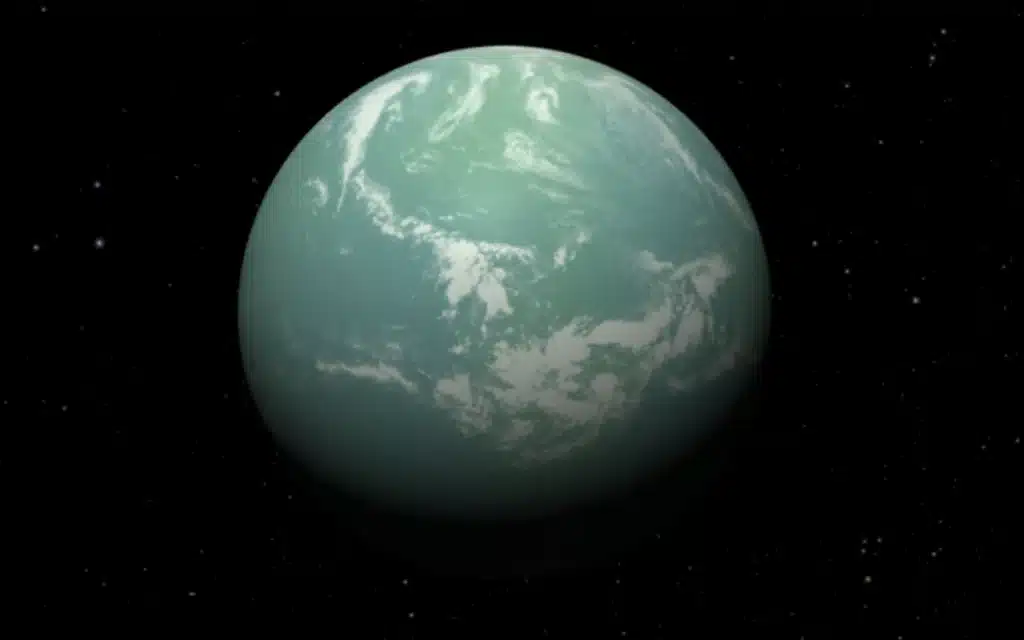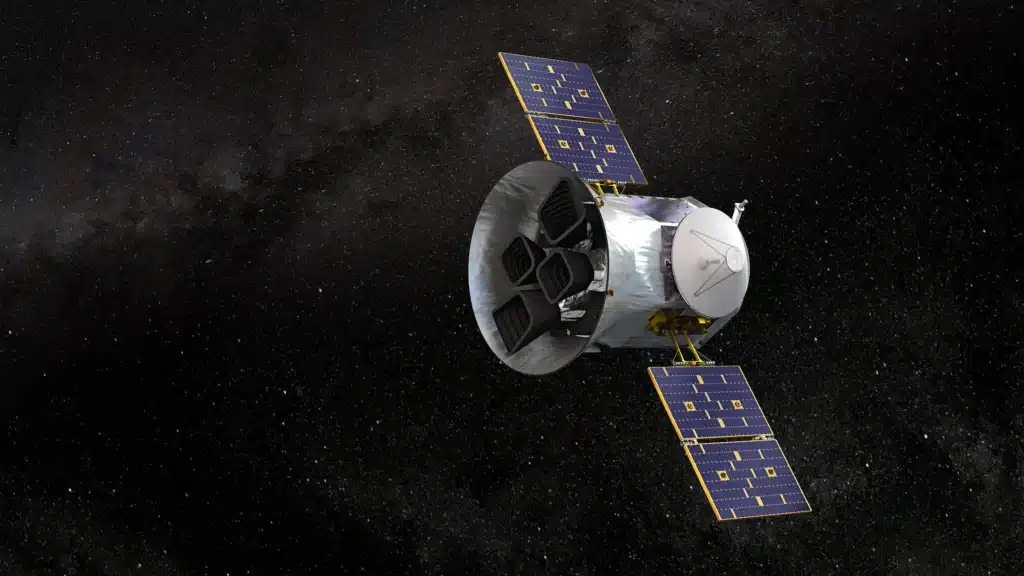NASA discovers new super-Earth and it’s relatively close
- NASA has discovered a new super-Earth with its telescope orbiting our planet
- Officially known as TOI-715 b, the exoplanet orbits close to its star, with each orbit lasting just 19 days
- The rocky planet, 137 light-years away, is said to be 1.5 times the size of Earth
Published on Feb 08, 2024 at 7:28 PM (UTC+4)
by Adam Gray
Last updated on Feb 09, 2024 at 1:23 PM (UTC+4)
Edited by
Alessandro Renesis
A NASA telescope which is orbiting our planet has picked up a new super-Earth – a world that’s 30 to 70 percent bigger than Earth itself.
When we say it’s in another solar system 137 light-years away, that sounds like it’s no where near, especially with a light-year being nearly six trillion miles.
But considering the vastness of space, it’s actually considered close.

READ MORE! Cosmonaut sets new record for longest time spent in space
The new exoplanet, officially known as TOI-715 b, is said to be 1.5 times the size of Earth.
What’s more, this world orbits inside the habitable or ‘Goldilocks’ zone.
Apparently, the super-Earth orbits quite close to its star, which each orbit lasting just 19 days.
Discovery Alert!
— NASA Exoplanets (@NASAExoplanets) February 1, 2024
A super-Earth ripe for further investigation orbits a small, reddish star that is, at least by astronomical standards, fairly close to us – only 137 light-years away. The same system also might have a secret: a second, Earth-sized planet! https://t.co/AaZYo7efNY pic.twitter.com/898Dj762Wo
Scientists don’t think it’s a hellish, scorching world, like some other exoplanets.
It’s star is a ‘red dwarf’, which is both cooler and smaller compared to our medium-sized star, the Sun.
“That’s the distance from the star that could give the planet the right temperature for liquid water to form on its surface,” NASA explained on its website.
“Several other factors would have to line up, of course, for surface water to be present, especially having a suitable atmosphere.”

It wasn’t that long ago that the NASA telescope discovered a sci-fi-like half-lava world, as well as revealing a a ‘candyfloss’ planet where it rains sand.
But this exoplanet is very different, with details of its detection published in the Monthly Notices of the Royal Astronomical Society.
As the super-Earth is millions of light-years away, it can only be seen as a dark dot when it periodically passed in front of its red dwarf star.
That being said, NASA has created a conception of what it might look like (below).

The space observatory that found the super-Earth, NASA’s Transiting Exoplanet Survey Satellite (TESS), has been hard at work looking for exoplanets transiting in front of their stars.
So far the confirmed number of exoplanets stands at 5,569, although there are over 10,000 more under review.
To be frank, that’s just scratching the surface, as there’s hundreds of billions of galaxies, with trillions of stars.
And if most stars have one or more planets around them, there’s an unfathomable number of hidden worlds.
DISCOVER SBX CARS: The global premium car auction platform powered by Supercar Blondie
Adam Gray is an experienced freelance motoring journalist and content creator based in the United Kingdom. Using his media accreditation with manufacturers’ press offices, Adam test drives the latest cars and attends new vehicle press launches, producing written reviews and news pieces for a variety of lifestyle and business publications. Here at Supercar Blondie, Adam applies his journalistic skills penning social-first content around current news and trends. When he’s not behind the wheel of the latest car or writing up another viral story, Adam can be found at his local rink playing ice hockey or at the Riverside Stadium supporting his beloved Middlesbrough FC.




